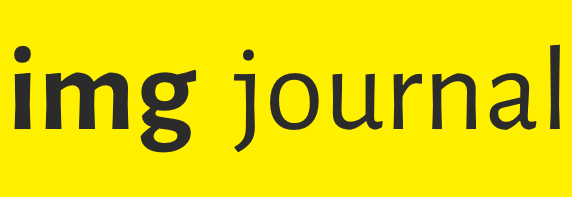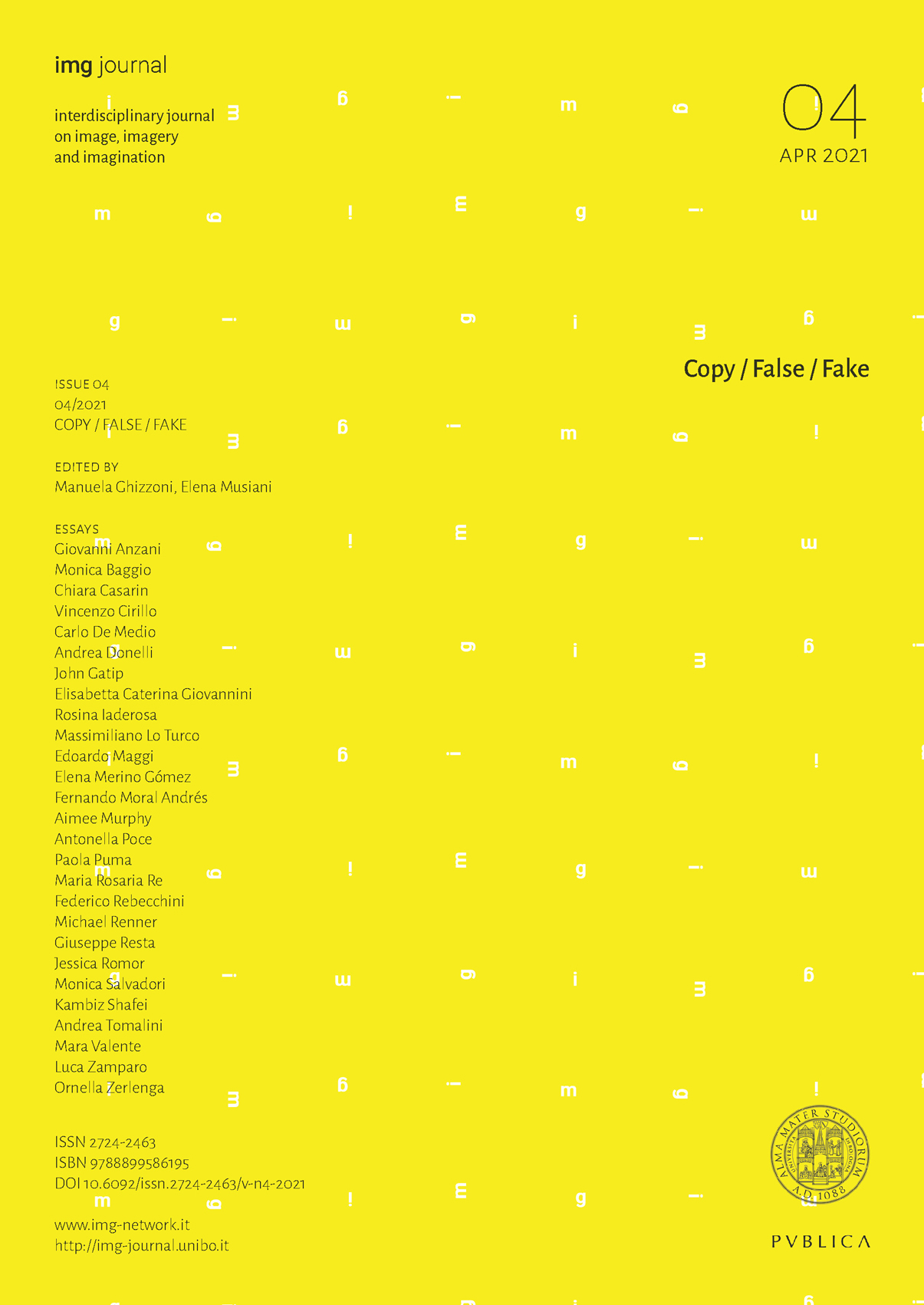Seduction or Proof? Revealing Assumptions in the Negotiation of Perceived Reality Through Images
DOI:
https://doi.org/10.6092/issn.2724-2463/12649Keywords:
representation, drawing , photography, materiality, architectureAbstract
Throughout the history of Western thought, images are dismissed in the search for truth claiming their seductive nature (Plinius, 2007) and at the same time they are used as proof e.g., in Geometry (Nelsen, 1999), documentary photography (Sontag, 1973) or political argumentation (King, 2014).
All images are objects which represent a selection of what we perceive as reality. They would be clones, if they would represent all aspects of what we can perceive (Jonas, 1961). Some images declare their selective nature of representation. Other images are deceptive because they are pretending to be what they represent. In comparison to language, using propositional argumentation, images can provide evidence (Mersch, 2005). This contribution provides a closer look at how we preconceive the relationship of images to reality.
In the first part of the contribution, we refer to experimental drawings of landscapes and portraits. We analyze their relationship to four levels of what we can define as a reality perceived in images. In the second part we continue the inquiry into the relationship between images and reality in the context of architectural photography. We refer to experimental photographic image series, which focus on the materiality of photography and propose to overcome the
hierarchical order between original building and fake copy of architecture in the photographic image, by making the photograph to a material object. In a third and final section of the paper the findings of the previous two sections are discussed.
Downloads
Published
How to Cite
Issue
Section
License
Copyright (c) 2021 Michael Renner, Kambiz Shafei

This work is licensed under a Creative Commons Attribution 4.0 International License.





